Part 3 of 3 Parts (Please read Part 1 and Part 2 first)
The Western nuclear states still retain significant nuclear capabilities and the U.K. Government, and its allies, are now taking steps to weaken the Kremlin’s hold on the market.
Part of this is expected to involve greater sanctions on Rosatom. The U.S. recently unveiled sanctions on a bunch of the company’s foreign subsidiaries. The E.U. is considering sanctions on the company itself with support from Germany. However, these actions will require the kind of boost to domestic production that has not been seen in generations.
U.S. based Westinghouse received sixteen million dollars to revive its uranium conversion facility in Springields, Lancashire, where it already fabricates nuclear fuel assemblies. The site will be ready to go into production by 2028.
Westinghouse has developed a method for making the Russian-style hexagonal fuel assemblies itself and has signed deals to provide them to Czechia and Bulgaria. One nuclear industry analyst says that the new product is named “freedom fuel.” The company is already providing them to Ukraine, another country that uses Russian reactors.
Urenco is the British-German-Dutch nuclear company partly owned by the U.K. Government. It has stated that it will also expand its enrichment capacity, including its site in Capenhurst, Cheshire.
There is also more capacity for uranium conversion in Canada, the U.S. and France. Dolzikova said, “So it’s not a technical issue, but rather an issue of political will.”
Another possible new source of nuclear fuel could be recycling. As part of its expansion of Springfields, Westinghouse is developing a reprocessing facility, where uranium from spent nuclear fuel is recycled and used again. It will be the only such recycling facility outside of Russia.
Bruce Hanson is a professor of nuclear process engineering at Leeds University who worked in the nuclear industry for more than 25 years. He says that reprocessing was previously done in the U.IK. but now is seen as too expensive to be economically viable. It is cheaper to simply make new nuclear fuel.
Future efficiency improvements as well as growing demand for uranium from China could change the situation. Reprocessing is also considered to be more sustainable, he argues. Hanson goes on to say, “I think if you were to go out and ask people, ‘Should we be throwing out nuclear [waste] if we can recycle it?’, I’m pretty sure what most of the British public would say – they’d say we should be recycling it.”
Hill says that success in jump-starting nuclear recycling will be a matter of perseverance and giving companies enough certainty to invest. The nuclear business is a long game. Companies will not commit if they think the sanctions on Russia will simply be rolled back in a year or two. Westinghouse previously closed its conversion facility in Springfields in 2014 because there was not enough demand for nuclear fuel from its customers.
This is likely to push the cost of nuclear fuel higher, at least temporarily. Dolzikova warns that China may also see it as an opportunity to gain market share from Russia. This would see the West swapping one dependency for another.
Hill argues that the trouble would certainly be worth it. He said, “The extra costs of switching from Russian to Western fuel will easily be worth the security of supply and energy security benefits, particularly for countries in Eastern Europe. So it’s a challenge, but it’s a very doable challenge. It will just require close cooperation, clear objectives and concrete action.”
Blog
-
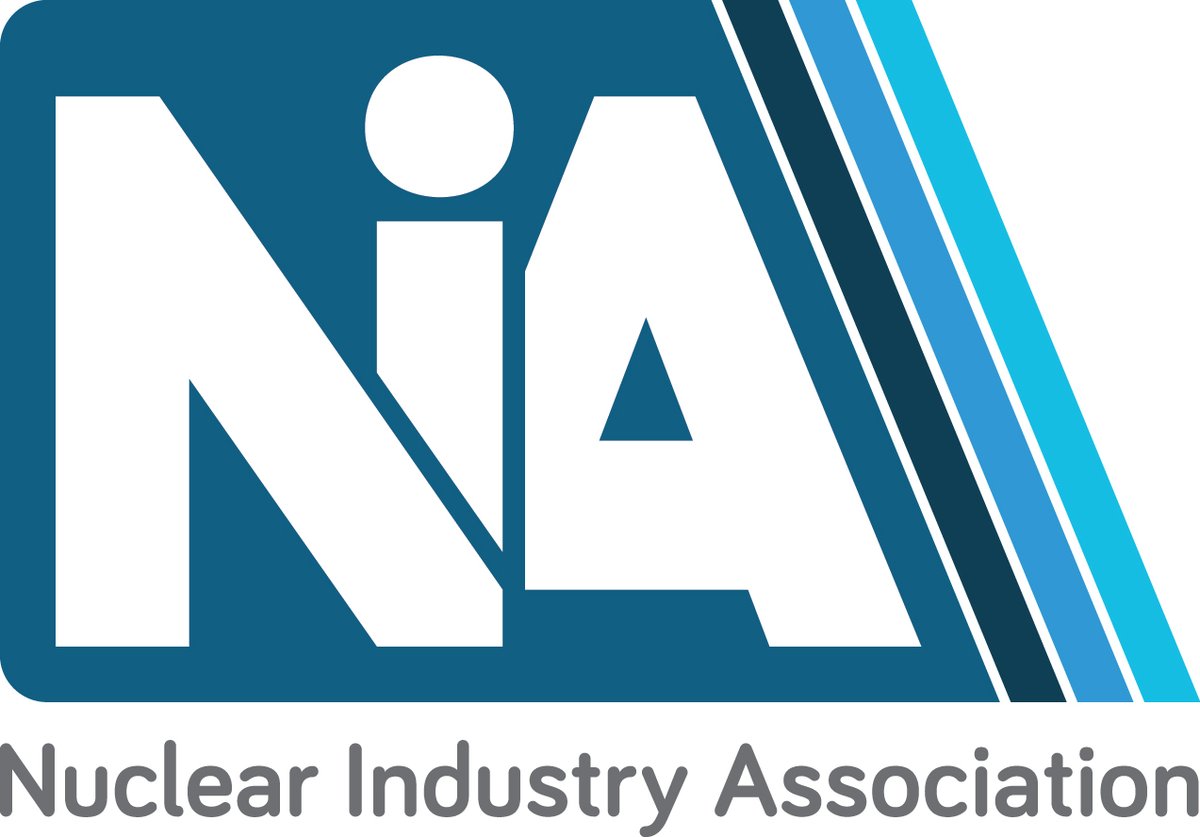
the UK, the US, Canada, Japan and France Are Working To Reduce Dependence On Russian Nuclear Fuel and Technology – Part 3 of 3 Parts
-
Nuclear News Roundup Apr 26, 2023
Fourth reactor at Georgia nuclear plant completes test phase wspa.com
Tokamak Energy magnet technology to be tested in USA world-nuclear-news.org
Nuclear Missile Base Cancer indexjournal.com
Indian companies sign agreement for nuclear plant construction world-nuclear-news.org
-
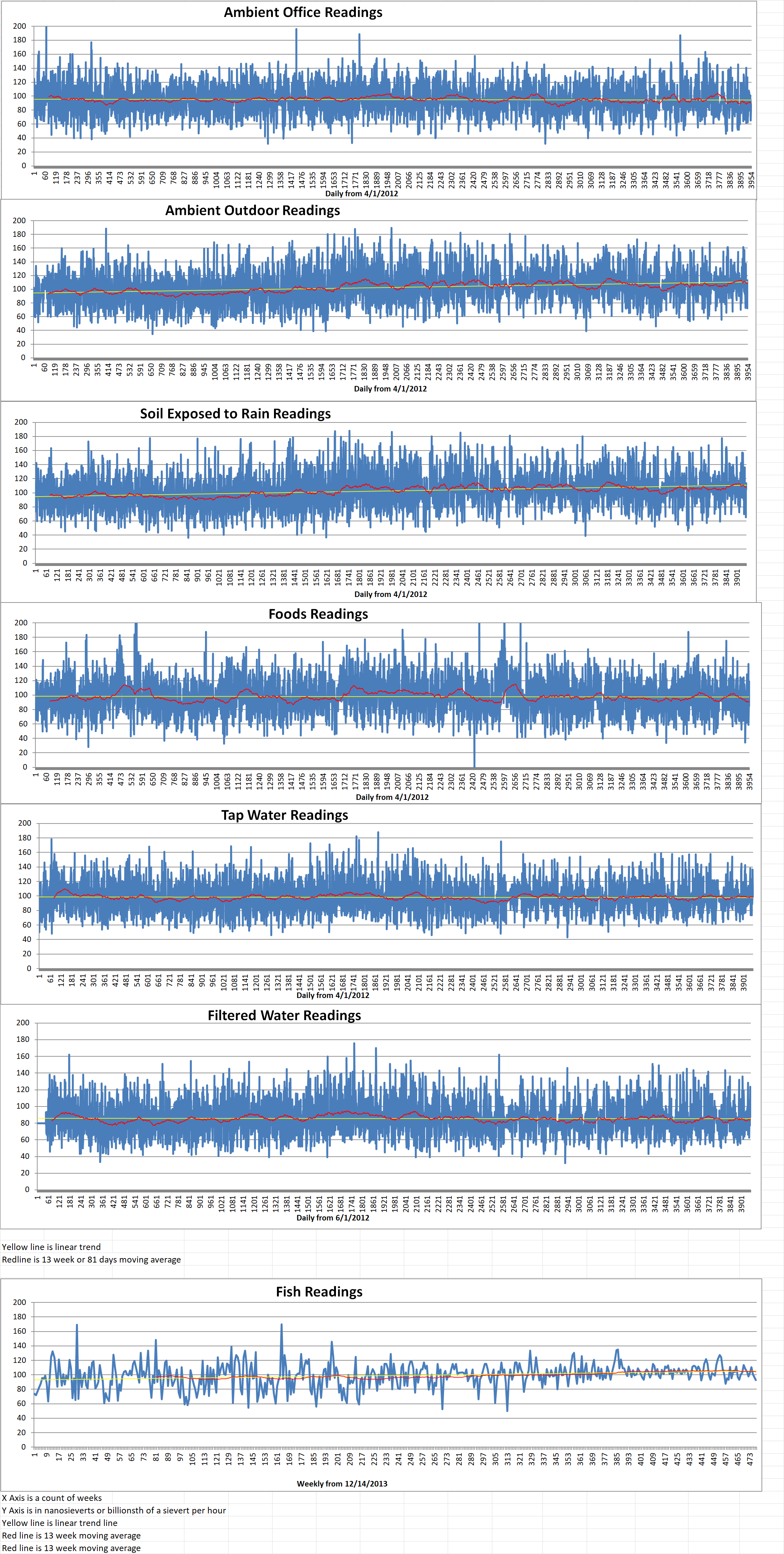
Geiger Readings for Apr 26, 2023
Ambient office = 79 nanosieverts per hour
Ambient outside = 113 nanosieverts per hour
Soil exposed to rain water = 114 nanosieverts per hour
Avocado from Central Market = 85 nanosieverts per hour
Tap water = 104 nanosieverts per hour
Filter water = 90 nanosieverts per hour
-

Nuclear Reactors 1211 – the UK, the US, Canada, Japan and France Are Working To Reduce Dependence On Russian Nuclear Fuel and Technology – Part 2 of 3 Parts
Part 2 of 3 Parts (Please read Part 1 first)
Russian nuclear fuel and technology dominance is party enforced through a web of contracts that the state-owned monopoly has with nations around the world. Many of these are former Soviet bloc states which are running Russia made reactors. They were left reliant on Rosatom for parts and fuel when the Soviet Union collapsed.
These “VVER” power stations are still in use by NATO members Turkey, Finland, Czechia, Bulgaria and Hungary. Other customers include India and China. Myanmar and Egypt are among nations who recently signed deals with Rosatom to build new reactors with Russian help.
Eugene Shwageraus is a professor of nuclear systems engineering at the Open University. He says that persuading any of these countries to stop using Russian supplies will be hard for a practical reason. Russian VVER reactors use hexagonal-shaped fuel assemblies. This is a nuclear industry term for groups of fuel rods. The Western nuclear fuel design use square shaped fuel assemblies.
Unfortunately, some Western nations that are not dependent on Russian nuclear fuel and technology have become more dependent on Russia since the fall of the Berlin Wall in 1989.
Under the Megatons to Megawatts arrangement, the U.S. agreed to purchase thousands of metric tons of uranium that was removed from nuclear weapons as Russia reduced its enormous arsenal of nuclear warheads. At one point this arrangement provided about ten percent of the nuclear fuel burned in U.S. nuclear power stations.
Overall, about thirty-one percent of the enriched uranium sold to E.U. utility companies came from Rosatom in 2021. Twenty eight percent of the enriched uranium used by the U.S. in 2021 came from Rosatom. These imports of enriched uranium have continued since Russia attacked Ukraine in 2022.
France supplies other allies with fabricated nucleal fuel. France imported four hundred million dollars’ worth of enriched uranium from Russia last year. In 2021, France only imported about one hundred million dollars of enriched uranium from Russia. This information was provided by the Royal United Services Institute (RUSI).
The U.S. imported six hundred and forty-five million dollars’ worth of enriched uranium in 2021 and eight hundred and thirty-five million dollars’ worth in 2022.
In the U.K., EDF, the French owned nuclear company, says that fuel used by the Sizewell B nuclear power plant in Suffolk was made using uranium enriched by Russia. Sarya Dolzikova is a research fellow at RUSI. She says that there is some evidence to suggest that Russia has made about one billion dollars from nuclear exports since the Ukrainian invasion began. She explained that “In terms of the amount of money that it brings into the Russian economy, it is not as significant as some of the other energy exports. But at the same time, that might make it a little bit easier to dismiss – even though it is a good chunk of money.”
Industry insiders say that state-backed Rosatom has spread its influence so far by using very low prices. This has made it difficult for other nuclear fuel and technology suppliers to compete.
Please read Part 3 next -
Nuclear News Roundup Apr 25, 2023
License application milestone for PLS world-nuclear-news.org
FBI nuclear training exercise to take place in Houston all week news.yahoo.com
OSGE seeks approval for SMRs at six Polish locations world-nuclear-news.org
-
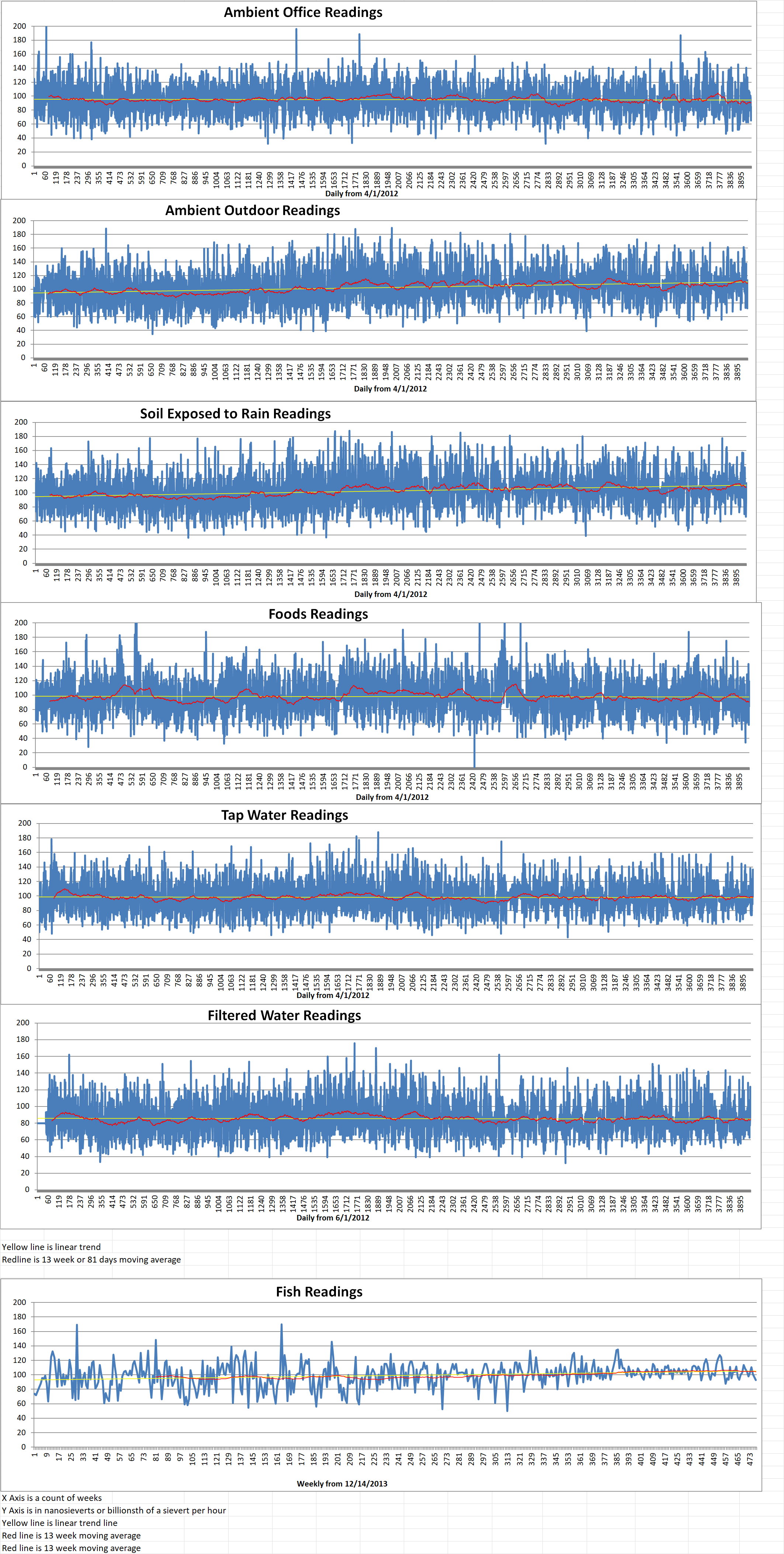
Geiger Readings for Apr 25, 2023
Ambient office = 85 nanosieverts per hour
Ambient outside = 108 nanosieverts per hour
Soil exposed to rain water = 103 nanosieverts per hour
Tomato from Central Market = 119 nanosieverts per hour
Tap water = 99 nanosieverts per hour
Filter water = 87 nanosieverts per hour
-
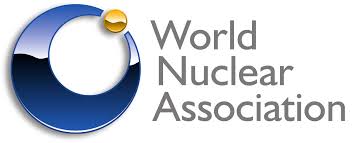
Nuclear Reactors 1210 – the UK, the US, Canada, Japan and France Are Working To Reduce Dependence On Russian Nuclear Fuel and Technology – Part 1 of 3 Parts
Part 1 of 3 Parts
I recently posted about how the European Union (E.U.) is working to remove the need to import nuclear fuel and nuclear technology from Russia. Although there are severe sanctions on the import of fossil fuels from Russia by members of the E.U. because Russia invaded Ukraine, there are no serious sanctions on the import of nuclear fuel and nuclear technology from Russia. This allows Russia to threaten the E.U. nuclear industry with restrictions on nuclear fuel and technology. While some E.U. nations are shutting off their nuclear reactors permanently, other E.U. nations, especially in Eastern Europe are dependent on Russian nuclear fuel and Russian nuclear power reactors to supply electricity to their grids.
Some nations that utilize nuclear power outside of the E.U. are also grappling with the threat of nuclear fuel and energy export restrictions by Russia. Since Russia invaded Ukraine, Russian nuclear exports have actually increased while Russian exports of fossil fuels including coal, oil and natural gas have been reduced.
Russian state monopoly Rosatom played a big part in the Russian capture and takeover of the Zaporizhzhia nuclear power plant in Enerhodar, eastern Ukraine, but Rosatom remains untouched by Western sanctions. The reason for this, according to experts, is that the nuclear supply chain is complicated from the supply of uranium to the construction of reactors. Russia currently plays a dominant role in many parts of the supply chain.
The Russian global nuclear network can exert political and economic pressure on friends and foes alike. A new partnership between the U.K., the U.S., Canada, Japan, and France is working to change this situation.
These five countries are working together to reduce Russia’s share of nuclear exports and “ensure Putin, nor anyone like him, can ever think they can hold the world to ransom over their energy again,” according to U.S. Energy Security Secretary Grant Shapps. The group intends to become independent from Russian nuclear fuel and technology. The agreement urges other countries to do the same.
Most experts agree that these are achievable goals. However, they will require time, resources and close collaboration. Lincoln Hill is the head of policy at the Nuclear Industry Association. (NIA) He said, “The main challenge is to get out of the asymmetric mindset we’ve been in. In the past, the West has seen this as a purely commercial, market-based situation and the Russians approached it as a strategic priority, so our companies were undercut and struggled to compete.”
Raw uranium is no longer used to fuel nuclear power reactors. This means that the nuclear fuel supply chain is currently divided into four parts. These include uranium mining, conversion, enrichment and fuel fabrication.
Russia’s share of the world’s mining of uranium is about five percent. Kazakhstan, Namibia, Canada, Australia and Uzbekistan are all mining uranium at higher levels of production.
Only France, China, Canada and Russia were running conversion plants to refine uranium in 2020. Russia is responsible for thirty eight percent of the total output. This information was provided by the World Nuclear Association.
Russia controlled about forty six percent of the globes current of planned enrichment capacity. It also controls between fifteen and nineteen percent of the stages in fuel fabrication.
Please read Part 2 next -
Nuclear News Roundup Apr 24, 2023
Retiring coal-fired power plants need a replacement. Deseret.com
Europe’s most powerful nuclear reactor kicks off in Finland apnews.com
NRC approves use of Framatome codes in advanced nuclear fuel development world-nuclear-news.org
Kansai seeks to extend lifetime for Takahama units world-nuclear-news.org
-
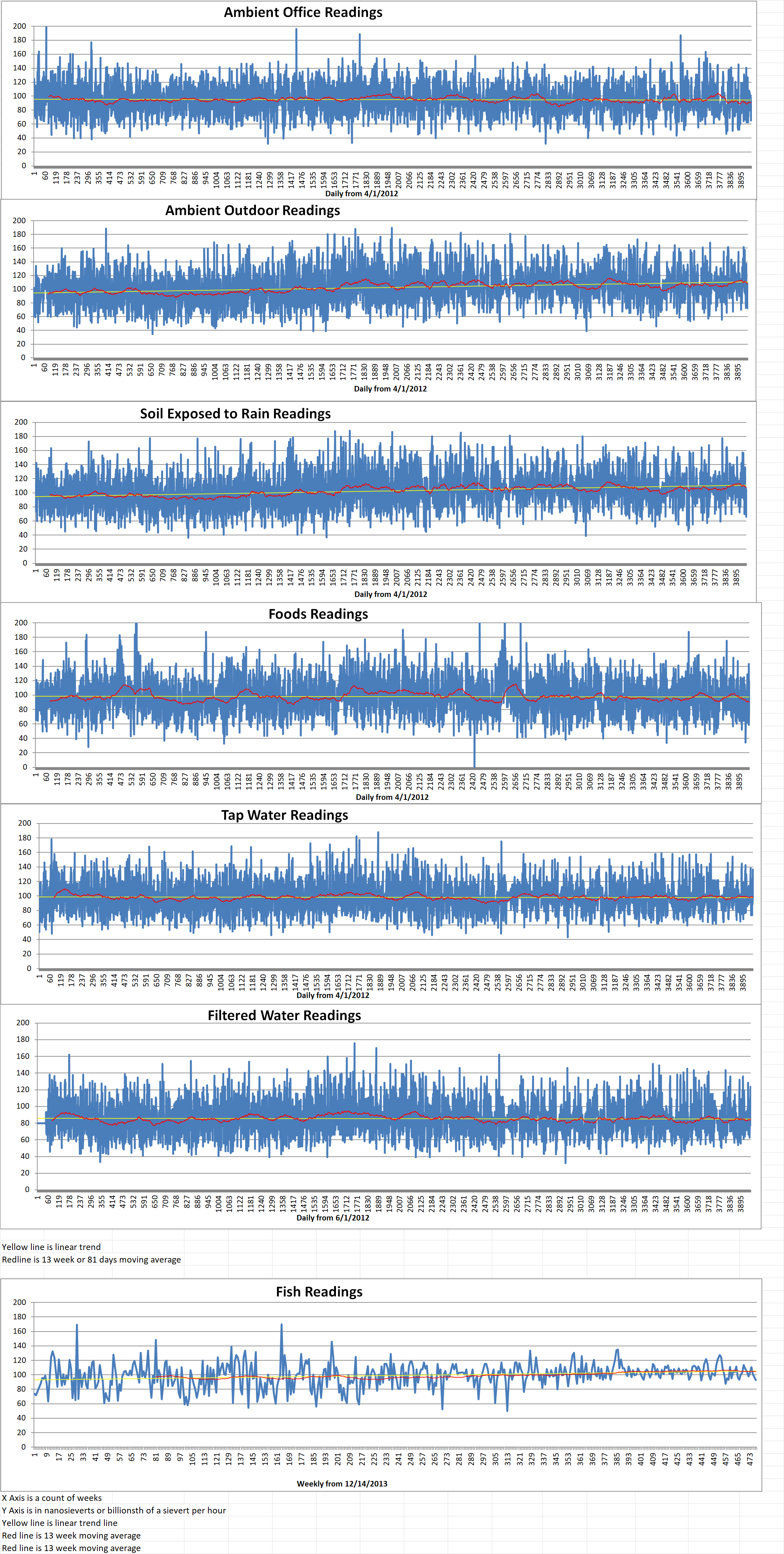
Geiger Readings for Apr 24, 2023
Ambient office = 65 nanosieverts per hour
Ambient outside = 72 nanosieverts per hour
Soil exposed to rain water = 66 nanosieverts per hour
Red bell pepper from Central Market = 93 nanosieverts per hour
Tap water = 137 nanosieverts per hour
Filter water = 123 nanosieverts per hour
-
Nuclear News Roundup Apr 23, 2023
Retiring coal-fired power plants need a replacement. Deseret.com
Europe’s most powerful nuclear reactor kicks off in Finland apnews.com
NRC approves use of Framatome codes in advanced nuclear fuel development world-nuclear-news.org
Kansai seeks to extend lifetime for Takahama units world-nuclear-news.org
